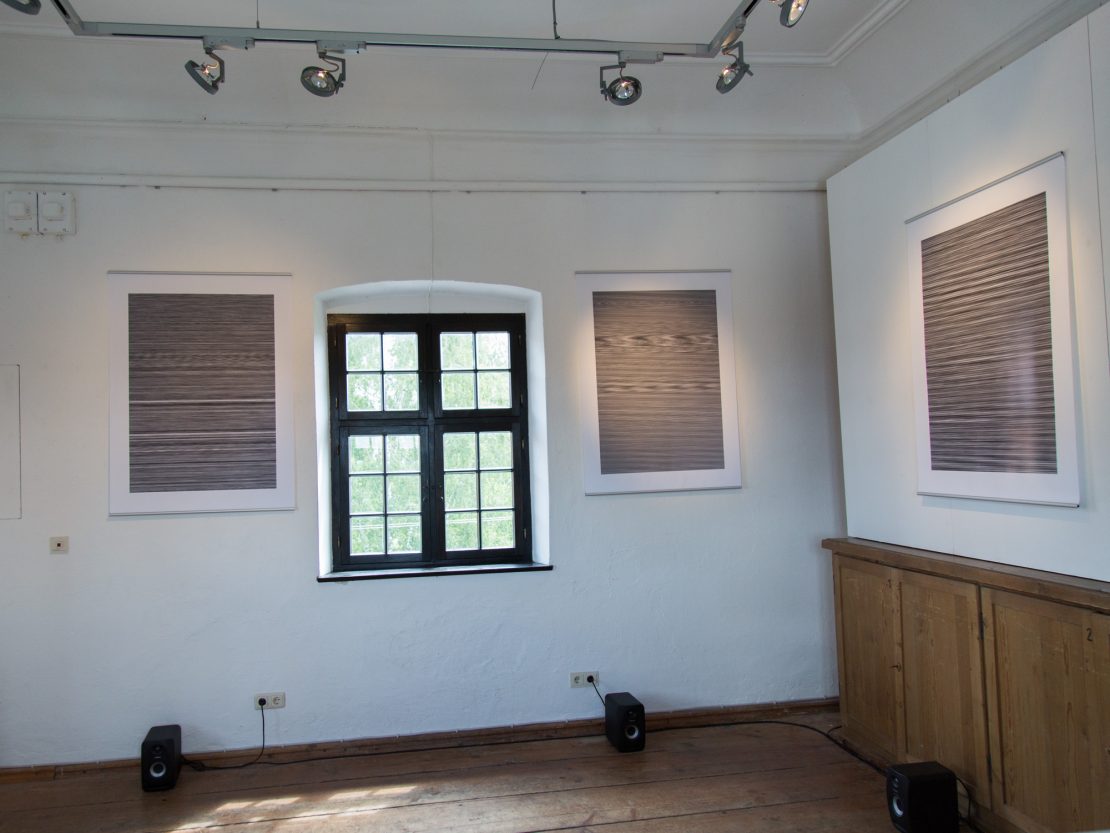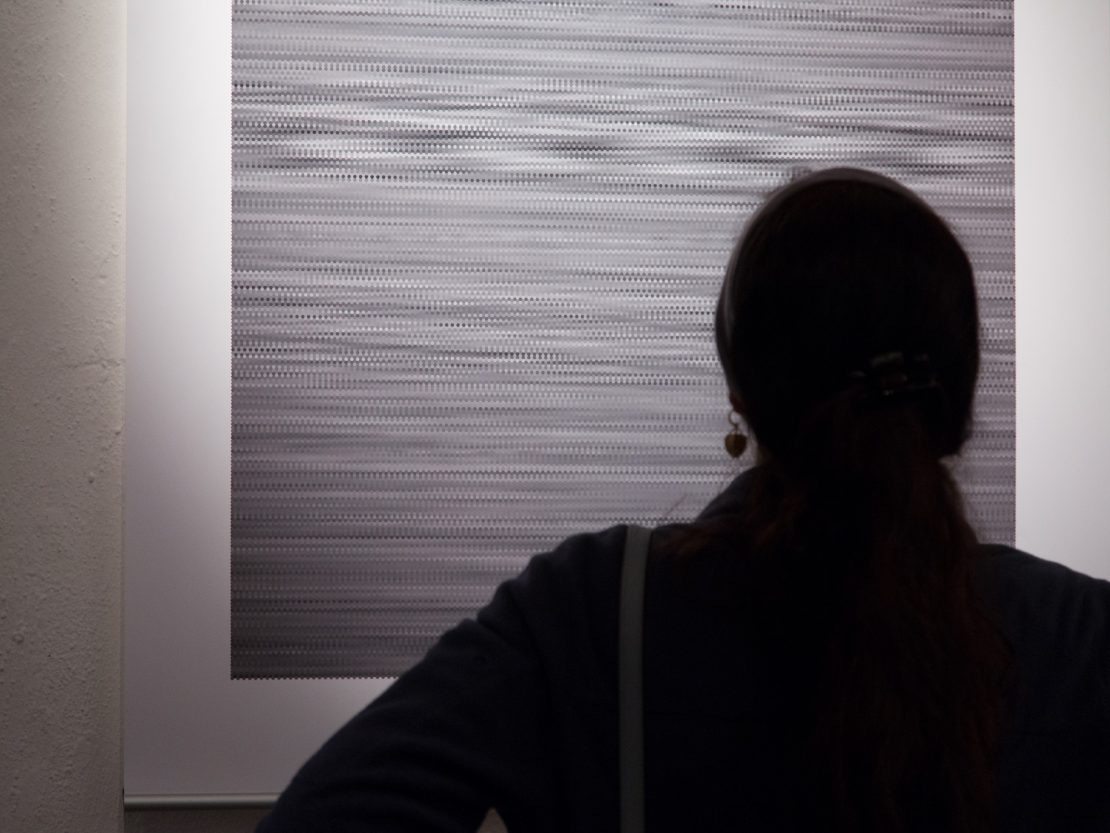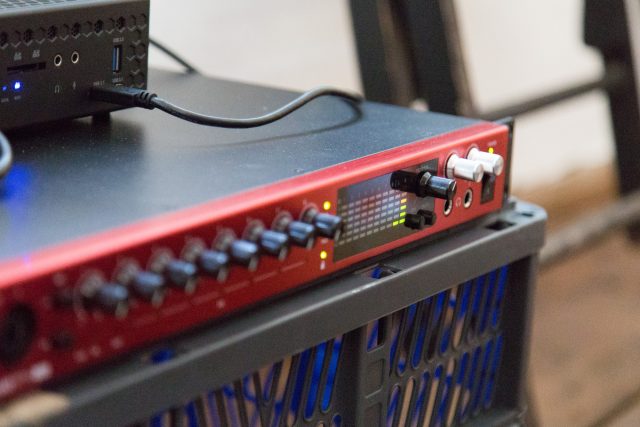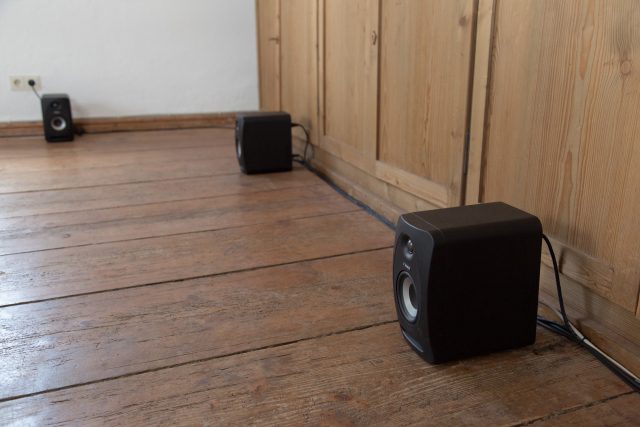Four sound samples recorded in Diessen am Ammersee are beeing transformed to be experienced visually and with spatial audio. Signal-to-noise ratio is my contribution to "Grundrauschen" at Taubenturm Diessen in cooperation with Annette Rießner.
Our perception and interpretation of sounds is linked to the recognition of audible repetitions of oszillations in between a timespan. If common scales of oszillations leave a certain range, we will hear something, but won’t be able to recognize and lose the frame of reference, therefore beeing unable to „understand“ the sound.
These principles of perception can be applied to all human senses.
In theory we can analyze all kinds of timespans, even recognize phenomenons hidden to the human senses through measurement devices but we will never be able to experience the hidden world of a seagull, detecting the earth’s magnetic field, or a fly, processing about 250 images per second.
signal-to-noise ratio is an experiment to explore the boundaries of perception.


You see four prints, and hear four corresponding audio tracks.
Every station is based on a small audiosample, about 2.177 secs in length, recorded by Annette Rießner at Diessen am Ammersee, with regional reference. All samples are exactly the same in length. The samples are:
- the sound of a running potters wheel
- a male voice speakting the word „Blaumalerei“
- a singing bird with a river in the background
- cheering kids with the bells of the local church in the background
The samples have been saved with a resolution of 44.1 kHz, resulting into 96030 data samples, representing the waveform in digital space. These data samples have been transformed to the exhibited prints with an ad hoc written software. Every data is represented by one dot on the prints. The value of the data represents the gray value of the dot.
The played back sound are the audiosamples, extended to 7 minutes. These develop to complex, tightly woven sounds, slowly changing their timbre. Clearly recognizable are the frequencies of the flowing stream, spoken vocals, or the mechanical sound of the potter’s wheel. The volume of the sounds is changing randomly over time. The resulting audio is always unique and will not repeat.
Ripped apart form their space and time, the audiosamples change to visual and audible noise. Our perception, searching for useful information all the time, is failing interpreting those sounds. We stay beyond between slowdown and contemplation, between spaces we can describe intellectually, but sensually only can let sink in.
Definition:
Signal-to-noise ratio (abbreviated SNR or S/N) is a measure used in science and engineering that compares the level of a desired signal to the level of background noise.
Source: Wikipedia, https://en.wikipedia.org/wiki/Signal-to-noise_ratio, visited 5.7.19 17:23



